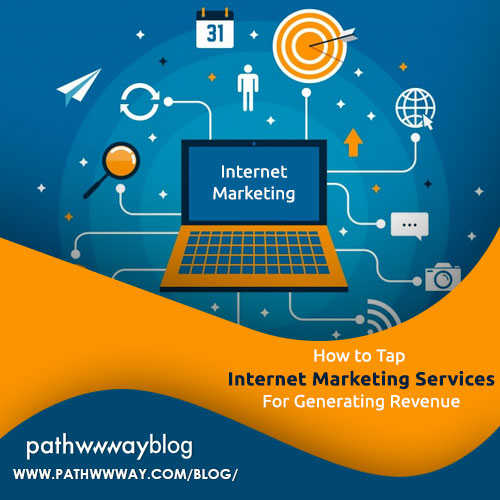How Will an Internet Marketing Company use Third Party Personal Information in 2019?
Internet
marketing firms need scale and data vendors need to provide volumes of data for
a buy-in. This is where third party personal information comes in. 2019 marks a
watershed moment wherein the use of cookies now focuses on user consent. Even
with such changes, third-party data becomes vital for marketers to thrive.
Third-party offline or online data is far more nuanced, accurate and scalable
than even first-party data.
The
information offered by data warehouses and third-party data collectors is accurate
across a plethora of demographic and psychographic variables including income
range, age, gender, asset range, housing, smartphone preferences, education,
sports preferences, investment behaviour, voting preferences, retail banking
behaviour, automotive behaviour, insurance and telecom behaviour, credit card
and mortgage history and purchase intent.
Even
with social networks negating the use of third-party data, the avenues for rich
databases remain ever expanding. This provides a targeting profile far more
sophisticated than first-hand data. By using third party offline and online
data through IP targeting, email and residential geofencing, internet marketing experts can boost the reach of their marketing campaign.
- Vibrant Third-Party Ecosystem and GDPR
Post
Cambridge Analytica, the fate of third-party information is widely debated. But
the value of 3rd party data remains unquestionable. The only
difference is the use of third-party data and care about compliance would
necessitate due diligence instead of simply taking the word of the data broker.
The greater scrutiny would only increase marketplace transparency and push out
fly-by-night operators and unsavoury players.
In
2019, the GDPR offers companies a framework that helps them to adopt better,
more secure data management and collection practices. As customers become aware
of how they can control data collection under the GDPR, the quality of data
will receive a massive boost.
- Precision in Targeting
Third-party
data from providers, aggregators and even credit card companies is set to
change the way business is done. This is more so after the implementation of
the GDPR. Rich contextual targeting will become more refined as sophisticated
third-party data in compliance with user consent will boost the reach of the
brand.
- The Value of Third Party Data
In
the context of targeting and geofencing, third-party data can be used in
conjunction with first and second party data to boost the brand’s reach and
visibility among audiences worldwide. For example, if companies are collecting
first-party data through the use of transaction records, third-party personal
information can be used to corroborate and confirm what they know about their
clients and craft online marketing campaigns accordingly.
Thus,
third-party personal information will continue to be a game-changer for
internet marketing companies as the focus will remain on accessing
sophisticated data and accurate analyses. Third-party marketing is set to
receive a massive boost, given the value of digital marketing data from data
warehouses that is accurate, and helps in targeting the right niche. So, even
with the introduction of the GDPR and the emergence of strict regulations, the
quality of third-party data collected will only improve, thereby impacting the
success of digital marketing campaigns.

